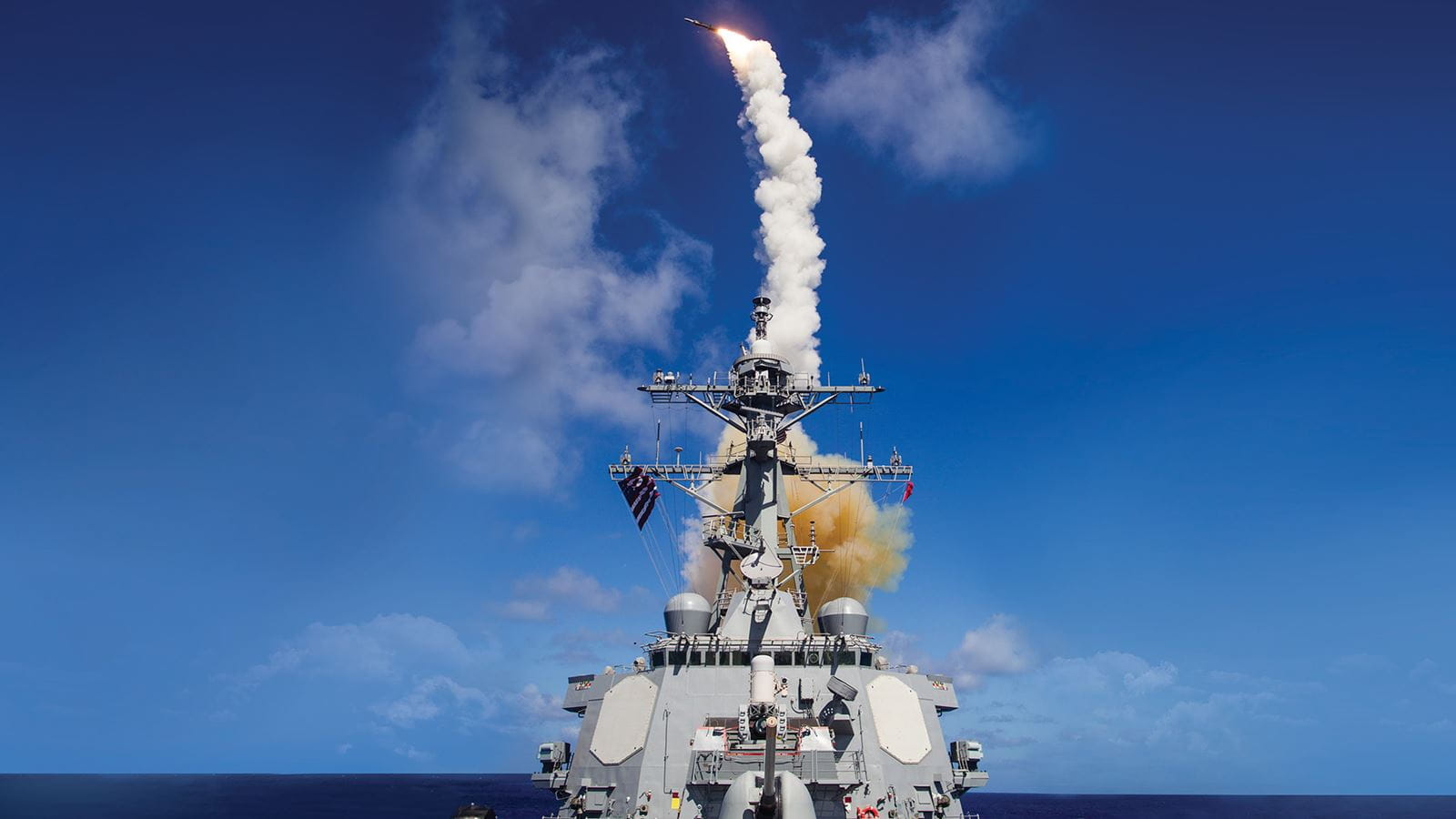What happened
Shares of United Technologies (UTX +2.84%) lost 12.6% in December, according to data provided by S&P Global Market Intelligence, as investors sold the news that the company was moving forward with its long-anticipated split. The December swoon left UTC shares down 16.5% for the year, and without a major catalyst on the horizon to cause an upside breakout.
Check out the latest United Technologies earnings call transcript.
So what
United Technologies shares were stuck in neutral for more than a year as the company awaited approval for its $30 billion acquisition of Rockwell Collins. The deal finally closed in late November, but the sprawling conglomerate soon after announced plans to split itself into three smaller, more-focused public companies.
The decision to split was widely telegraphed to the markets and is supported by key shareholders. Following the Rockwell Collins deal, aerospace accounts for more than half of UTC's revenue, and it has a much more favorable growth outlook than the company's Carrier HVAC or Otis elevator units. It also figures to demand more cash and have less money to distribute to shareholders than Otis or Carrier will.

Image source: United Technologies.
But the decision also keeps United Technologies and its investors circling in a holding pattern well into 2020 and adds new layers of uncertainty and risk, as UTC management will be focused internally on integrating the Rockwell deal and mapping out the details of a split. Judging by the December decline, investors were in no mood to stand by and see how the entire process plays out.
Now what
There is a lot of value in UTC's portfolio, and there's a compelling case to be made that the company, as some activists have suggested, is suffering from a conglomerate discount. If so, investors would likely do well over time by buying the dip and riding out the separation process.
Still, I believe there is a compelling argument to take a wait-and-see approach. UTC's three businesses have very different free cash flow and growth outlooks, and some of its operations are highly cyclical and could be impacted positively or negatively over the next six quarters as the split plays out.
Within two years, investors will be able to choose between three very different entities, all tied to different markets, and will get to make that choice knowing exactly how the overall economy, as well as the aerospace and construction cycles, has progressed. It makes sense to watch from the sidelines until we get closer to separation day.





